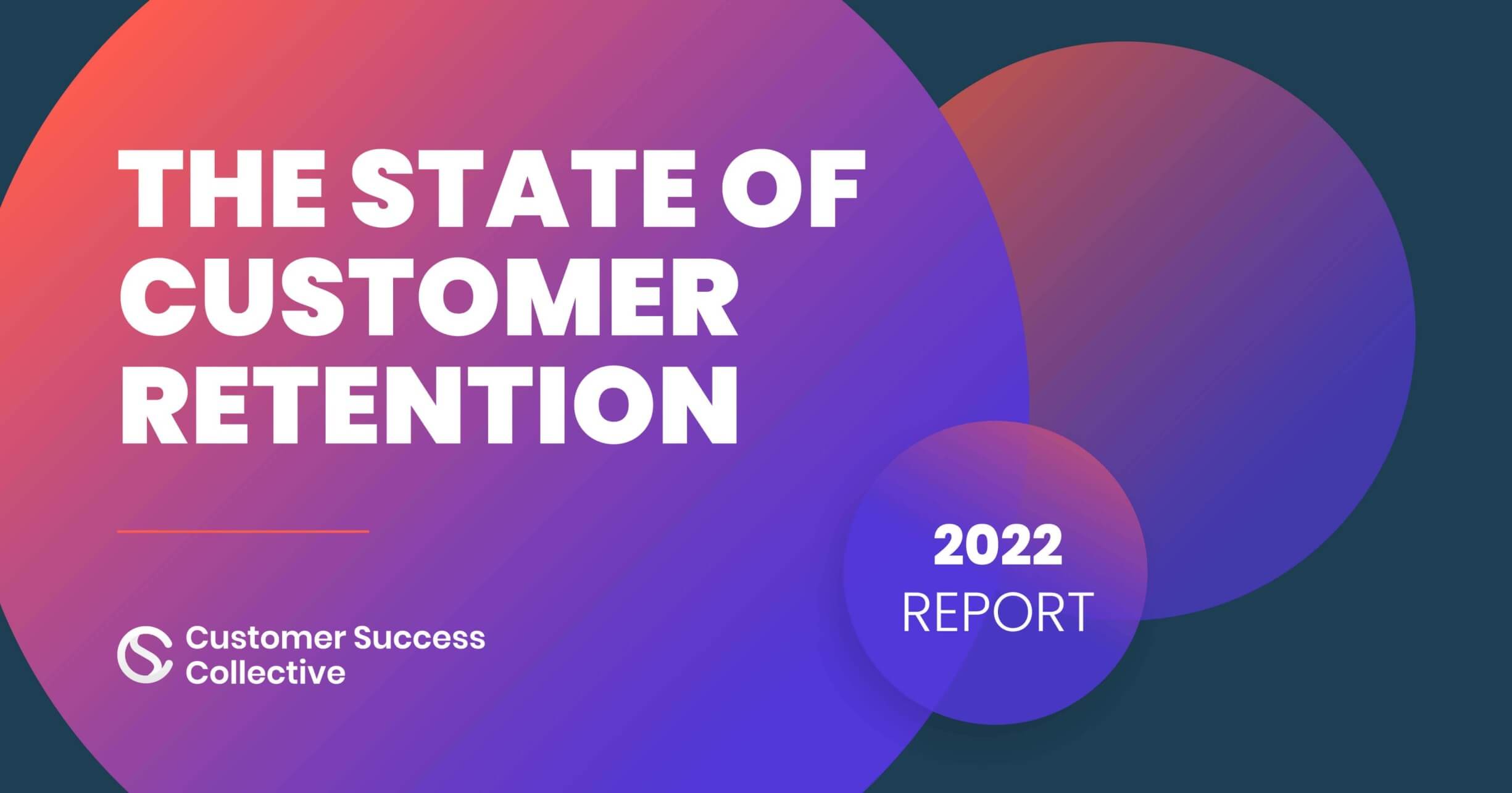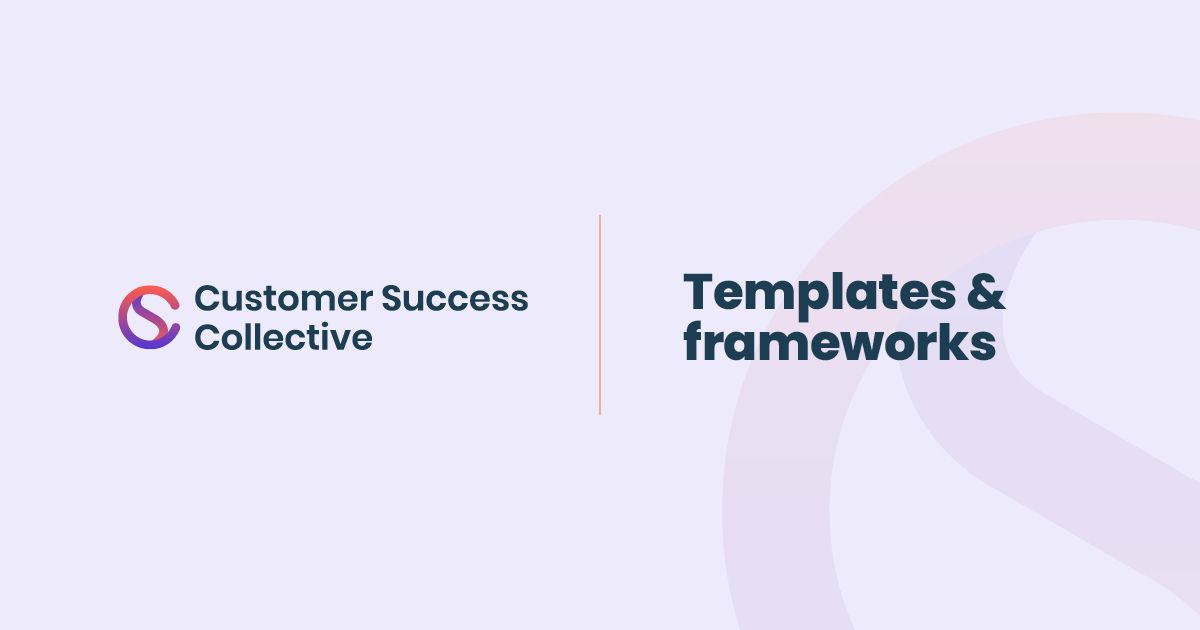It’s all well and good to actively seek new customers, but what happens if you ignore your current customer base? Plot twist: they churn.
In fact, 68% of customers will go elsewhere if they feel the company they’re buying from doesn’t care about their business.
Without strategically thinking about customer retention, you’re undoing all the good work invested in the pre-sales process. Retaining customers is a whole lot cheaper than recruiting new ones, plus it’s a sure way to establish long-lasting, healthy relationships that will increase metrics like your customer lifetime value (CLV) and your overall customer satisfaction score.
In fact, increasing retention by just 5% could drive your profits from 25% to 95%. It seems silly to dismiss a potential profit increase like that, right?
That’s why customer retention strategies are such an important factor when it comes to customer success.
Customer retention definition
Fundamentally, customer retention simply refers to a company's ability to retain its existing customers over time. In this sense, it's a valuable measure of how effective a company's customer relationship strategies are at keeping current customers satisfied and engaged.
High customer retention rates indicate that an organization is able to consistently meet or exceed customer expectations – and provide enough value to ensure that customers will continue to use its products or services.
There are several factors that influence customer retention rates. These include product or service quality, customer support, brand reputation, and loyalty programs. Companies focus on customer retention because acquiring new customers can cost more than keeping existing ones. Existing customers are also more likely to purchase more over time and provide word-of-mouth marketing.
To improve retention rates, customer success teams may collect customer feedback, address complaints quickly, offer loyalty rewards and communicate regularly to reinforce the value proposition.

How do customer success leaders define customer retention?
This dichotomy of retention and churn is a debate examined by Rebecca Fenlon, Head of Customer Success at Cognassist. In her opinion, it’s not all that helpful to view churn and retention as opposites, with retention as the more positive way of reporting it.
“The opposite of losing customers isn’t retaining customers, it’s gaining customers, which is ultimately the realm of sales. Retention is a more proactive measure; you are constantly working towards it. Whereas churn is reactive and focused just on the point of renewal. It’s for both of these reasons that retention is our ‘one metric that matters’ more so than churn."
Rav Dhaliwal, Investor & Venture Partner at Crane Partners believes customer retention is much more than preventing revenue loss:
“[It's] the foundation on which every successful subscription software business has accelerated its revenue growth. It’s far easier to grow a sustainable business from a stable foundation of revenue than it is to try and fix retention issues as you are rapidly scaling.”

Improve your customer retention rate by identifying the cause of churn
You can get ahead of future cases of churn by establishing what went wrong in the first place. Figuring out exactly why clients left your custom is a pragmatic, proactive way of avoiding history repeating itself.
If people are choosing your competitor’s product over your own, and you’re still none-the-wiser after your market research, it’s time to go straight to the horse’s mouth. Asking your customers what went wrong is a straightforward way to avoid repeating the same mistakes.
Your product might be great, with all the bells and whistles to push you in the direction of the market leader, but poor customer service can truly turn the tables. Whether it’s a technical issue or simply bad communication skills from the dedicated customer support team member, poor customer service is definitely a universal issue that everyone’s faced at some point in their lives.
A great way to avoid this? Practice deep listening, and by this, we mean listen to learn.

How to calculate retention rate
Like most things you invest time and energy in, it’s worth keeping track of it. And customer retention isn’t any different. You can calculate your business’ customer retention rate to gauge how many customers you’re keeping on the books.
When calculating your customer retention formula, it’s pretty straightforward but well worth jotting down:
( [E-N] / S) x 100
The ‘E’ stands for the total number of clients at the end of your specific time period. The ‘N’ signals the number of new customers you acquired during this period. And the ‘S’? This is the number of customers you started out with at the beginning of this period.
Customer retention rate formula: example
Say you run a workshop – let's say it's a taxidermy workshop. (Stay with us...)
At the beginning of the month, you started with 60 enthusiastic customers, and after a networking event for small independent businesses, you’ve come away with 15 new clients. So far so good.
However, after the local movie theater Thursday night screening of Hitchcock’s 1960 masterpiece, Psycho, you’ve lost 3 customers to churn. Thanks, Norman Bates. 🔪🛁
But don’t panic – you’ve still come away with 72 clients at the end of the month! This is how you’ll calculate your retention rate:
- E = 72
- N = 15
- S = 60
By our calculations, you’ll be formulating the following equation:
([E-N]÷S) x 100 = Retention rate
Let's apply it!
( [72-15]÷ 60) x 100 = 95
Leaving you with a retention rate of a whopping 95%!

What are the most effective customer retention strategies?
As it happens: yes. We have five to give out – on the house!
While this list is by no means exhaustive, it equips you with the acumen required to keep a hold of your wonderful customers.
- Provide a dedicated customer retention team
- Implement a watertight onboarding process
- Reward loyal customers
- Closed customer feedback loops
- Simplify customer interactions
Boom.💥
For an in-depth look at these highly effective customer retention strategies, check out our complete guide here.
Actionable customer retention advice
With a Customer Success Collective membership plan, you not only receive bi-weekly exclusive articles, and unlimited access to hundreds of hours of footage, but you’ll also receive monthly templates to boot!
Carefully curated by world-leading CS practitioners, these templates and frameworks provide an educational blueprint for you to build your customer success strategy.
Become a member today and immediately gain access to an assortment of actionable templates on customer retention.

Want to take your retention strategy to the next level?
Customer Retention Certified: Masters is an elite course that will take you on a curiosity voyage.
You'll learn the theory of customer retention and discover the best metrics to use, as well as get access to industry-leading frameworks and fireside chats with CS leaders. 🔥
At the end of this course, you'll be able to go back to your team and execute successful customer retention strategies of your own.
What you can expect from Customer Retention Certified: Masters
👩🏼🏫 5 insightful modules that cover the breadth of CS metrics
✅ 40+ exam questions sprinkled throughout every module to test your uptake.
⏰ 3 hours of content, including bonus material, crammed with expert insights.
🔖 Official certification to boost your resume and grow your career.



 Follow us on LinkedIn
Follow us on LinkedIn




